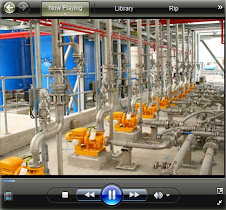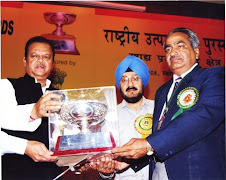- Preparation
Realistically, if you are new to the ISO 9001 standard, then you are going to need some guidance. Once contact is made, we'll discuss your requirements with you and suggest the solution that best suits your needs. After assessing your needs we will give you a fixed price quotation so that you know exactly how much your registration will cost.
- Application
Once you decide to go-ahead, we'll assign a Lead Assessor to you. He or she will be your principal contact throughout the registration process and beyond. They will build-up detailed knowledge of your business and will offer you the support you need.
- Pre-Audit Assessment
Your Lead Assessor will visit you to explain the standard and ensure you are prepared for your Audit Assessment. He or she will facilitate the process to ensure that all of the correct procedures are drafted; ensuring that all documented procedures cover the requirements of the standard. Together, you will then determine the appropriate timetable for your Audit Assessment. Many organizations benefit from a pre-assessment "dry run" and your Lead Assessor will be able to advise you on this.
- Audit Assessment
Once you are ready for your formal Audit Assessment, your Lead Assessor will make the required arrangements for you. On completion, you will be informed of the Auditor's recommendation before he or she leaves your premises.
- Registration & Certificate
Following the independent Auditor's recommendation, your registration will be formally confirmed. Soon after, your certificate of conformity to the ISO 9001 standard will be issued and sent to you.



